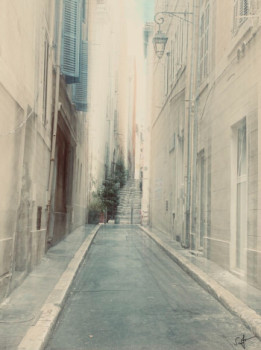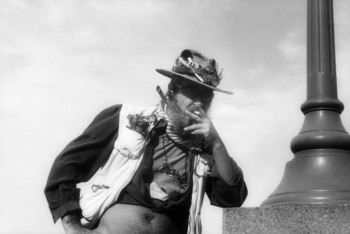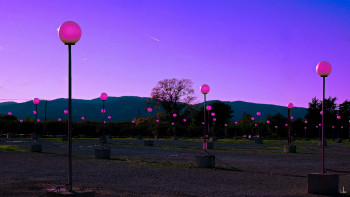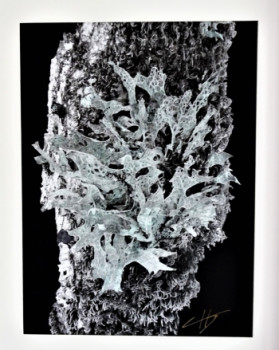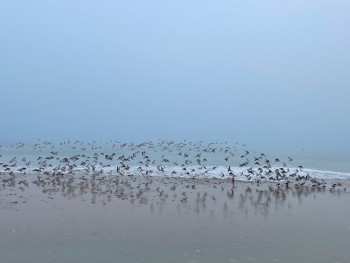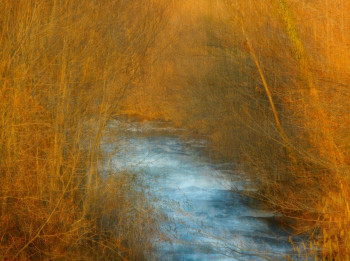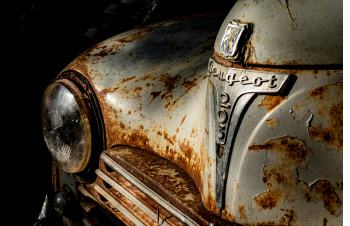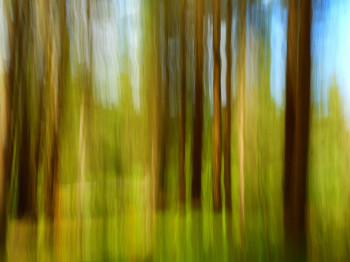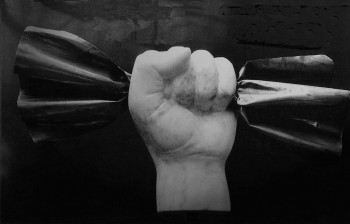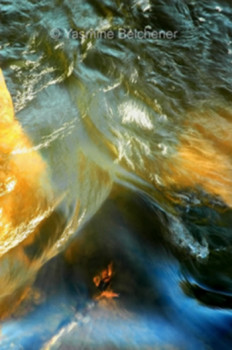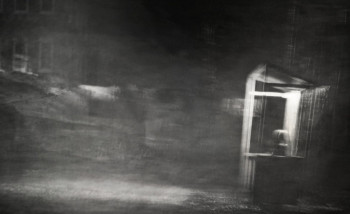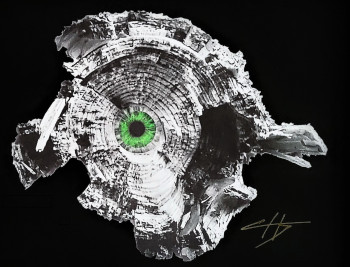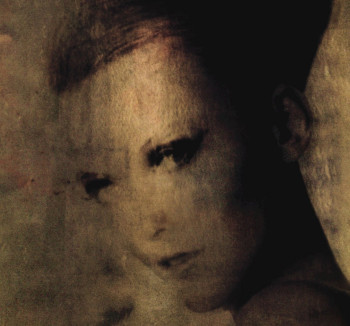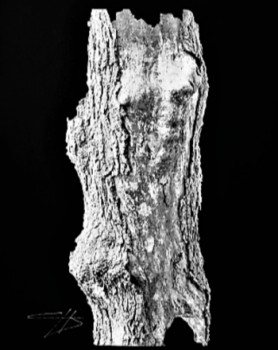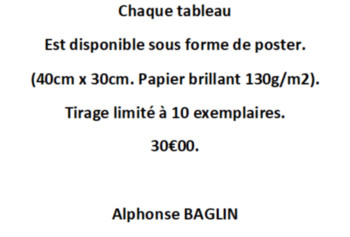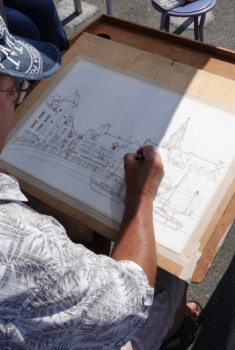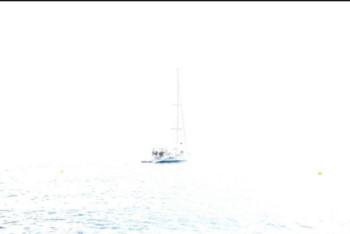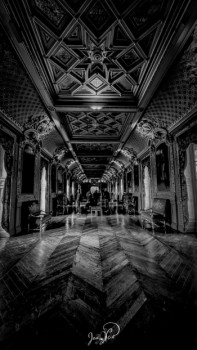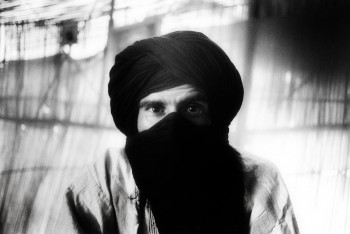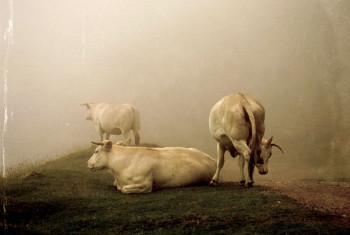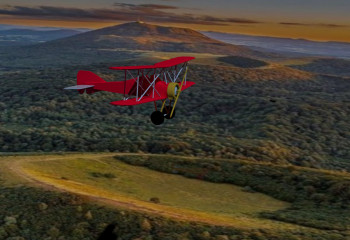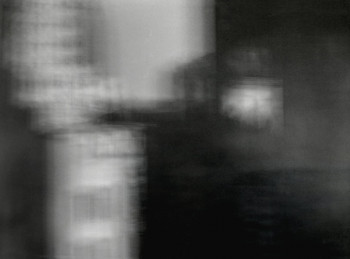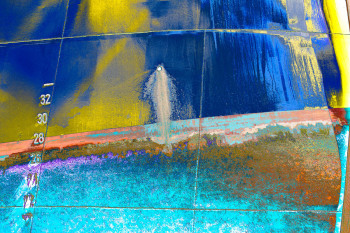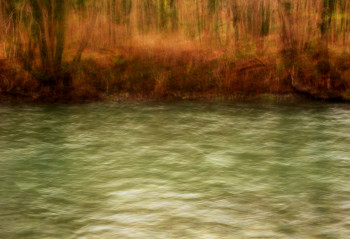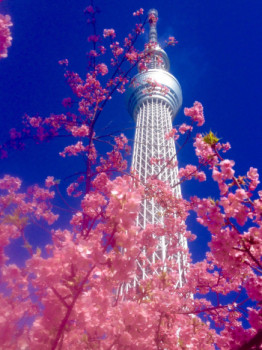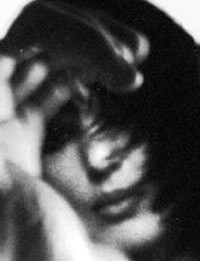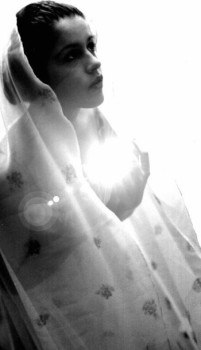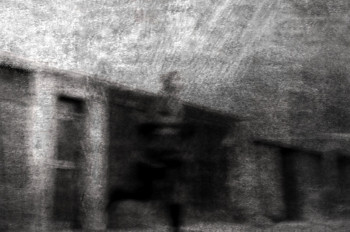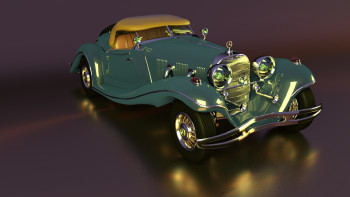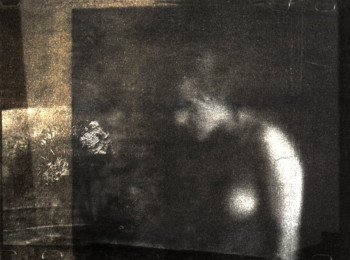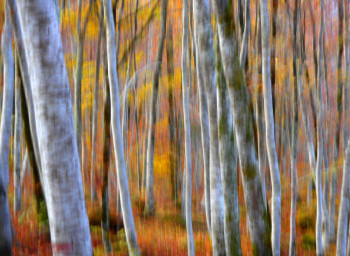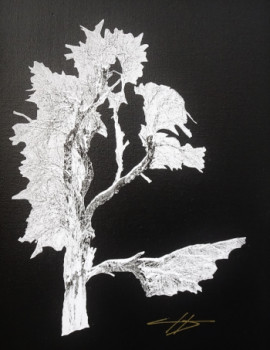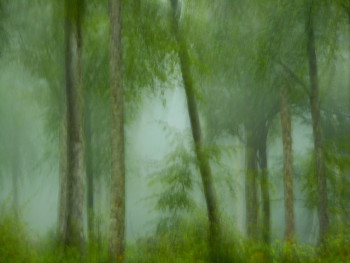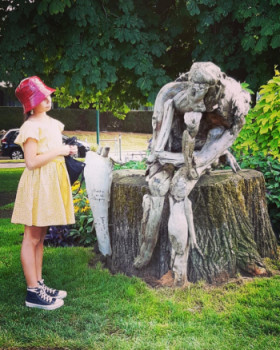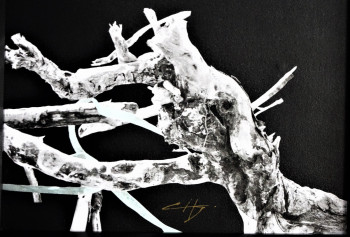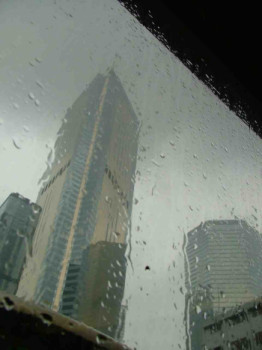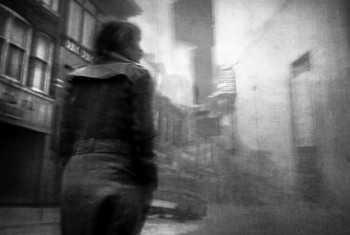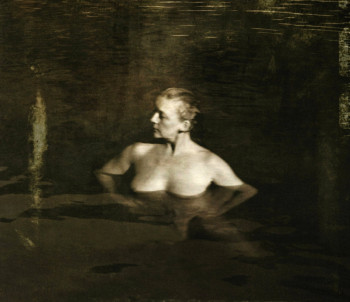
Imogen Cunningham: a genius of street photography
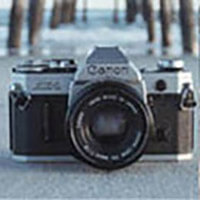
American photographer Imogen Cunningham is known for her close-up portraits and her delicate still lifes, distinguished by evocative lighting and meticulous attention to detail. She was born on April 12, 1883, in Portland, Oregon, and in At a young age, she and her family moved to Seattle. At the age of 18, there ’artist photographer bought a 4x5 inch camera from a mail order catalog and began to dabble in photography.
The influence of the Pre-Raphalite movement on Imogen's photography
After graduating from the University of Texas, from Washington, Cunningham accepts a position in the studio of photographer and ethnologist Edward S. Curtis. There she learned the art of platinum printing and, thanks to a scholarship, she can continue her training elsewhere. Dresden, Germany. his return to Seattle, she started produce platinum prints the soft and dreamy focal length. During this period, his work was influenced by by the Pre-Raphalite movement, which advocated spiritualism and a closer relationship with nature in order to revitalize the Victorian art establishment. The Wood Beyond the World (1894), an epic story by William Morris, a key figure in the world. of the movement, particularly caught his attention. The story takes place in a medieval forest.
American Modernism
After moving to with his family at San Francisco in 1917, the artist photographer abandoned photography in 1917. takes soft focus and turns to creating sharply defined photographs s. While caring for her three young children, she tended a garden, producing plants and flowers for a number of botanical researches. Ten of the images from Cunningham were released. selected to appear in the historic exhibition Film und Foto in Paris. Stuttgart, Germany, in 1929, on the advice of the famous photographer Edward Weston. Although the exposure did not bring him much insight. Her financial success elevated her to the rank of preeminent American modernist photographer.
Beauty of an authentic portrait
When asked what qualities a portrait photographer must possess to be successful in their careers. to succeed, Cunningham says that he must be able to understand the beauties of character, intellect and mind at a glance. short term and long term short distance, in order to be able to extract the best qualities and make them appear on the face of the model. She often spoke to others. her babysitters until how they feel about themselves comfortable or asked them to think about their situation. the nicest thing they could imagine before taking their photo. But she did not give in to this. Their vanity, and she considered that the type of portrait which required embellishment - the "lifting" - was an obstacle to their vanity. a true resemblance.
West Coast Photography
photographers from the San Francisco Bay Area, including Imogen Cunningham, John Paul Edwards, Ansel Adams, Willard Van Dyke, Sonya Noskowiak, Henry Swift and Edward Weston, collaborated on to create the Group f/64 in 1932. They borrowed This name refers to the aperture setting of the large format camera which provided the greatest depth of field, resulting in a sharp image from the first to the last shot. The mission of this fledgling association was to advance modernism through highly focused artwork produced with a West Coast point of view or sense of place. The works in this collection, produced by Cunningham's closest friends and collaborators, all part of the Group f/64 legacy, show how their mutual influence has shaped the orientation of the photography of the west coast.
Breaking the links
King Partridge's marriage ended in divorce in 1934. Gryffyd, Rondal and Padraic, their three teenage boys, live with their mother ;re in the family home until until they graduate from high school. Although she was given the manor, Cunningham never remarried, and the divorce marked her death. The beginning of his 30 years of financial difficulties. Cunningham had toû work faster to keep up; flow without Partridge. She started accept more orders, create more photographs and more opened a portrait photography school in his house. Despite This additional pressure, Cunningham seeks to surpass yourself.
Street photography
This artist photographer took her first "stolen images" in 1934, while she was still New YorkThese are candid street photos that she takes while trying to hide herself and her camera. His meeting with Lisette Model in 1946, while they were both giving lessons at the California School of Fine Arts, has revived his passion for street photography (now the San Francisco Art Institute). Many of his contemporaries compared the open portraits of his subjects those from Cunningham, but many said that those from Cunningham were nicer and friendlier. His "stolen photos" show individuals as they really are, not as they appear when they are aware of being photographed.
The Women's Alliance
Cunningham was a woman of remarkable intelligence, but she struggled to achieve her goals. compete in a dominated field by men, especially after Partridge divorced her in 1934 and had financial difficulties. Cunningham was insulted by some of her male colleagues, who periodically downplayed her skills and power, making the situation worse. Cunningham joined San Francisco Women Artists, an organization created to advance the position of women in the arts, as a safety net for her. against pressure. For women artists of those years, including Laura Andresen, Alma Lavenson, Laura Gilpin, Consuelo Kanaga and Merry Renk, Ruth Asawa, Dorothea Lange, Cunningham was honored. a valuable resource, offering advice, emotional support and crucial contacts in the world of business and art.
The interior light
In 1964, the famous Aperture magazine published a special issue on Cunningham , edited and photographed by Minor White. In a gracious tribute, he describes his own encounter with the enchantment she used to enchant her audiences as a sensation of inner light. This issue of Aperture, the first publication entirely devoted to the work of this artist, included a selection of forty-four photos from her wide variety of works. of genres and styles, ranging from 1912 to 1963.
Between 1965 and 1973, Cunningham taught photography as a guest professor; at the San Francisco Art Institute, Humboldt State College in Arcata, the California College of Arts and Crafts in Oakland, and San Francisco State College. In 1970, she received a $5,000 grant from the Guggenheim Foundation to reproduce her old negatives. This important award marks a turning point in his long career and comes at a moment's notice. a moment when museums and enthusiasts are becoming more and more interested in the collection of historical and modern images.
The last project
At the age of 92, Cunningham began his career. a new project consisting of; photograph elderly people. She thought it would take her two years to complete and intended to publish the images in a book called After Ninety. She started search for topics and visit them at their homes, in hospitals and convents. This initiative gave him It was a method of expressing her desire to be active and helped her become more active. accept that she was a nonagenarian. On June 24, 1976, Mrs. Cunningham died, and the book was published. published the following year.
Découvrez quelques oeuvres inspirées de Cunningham
